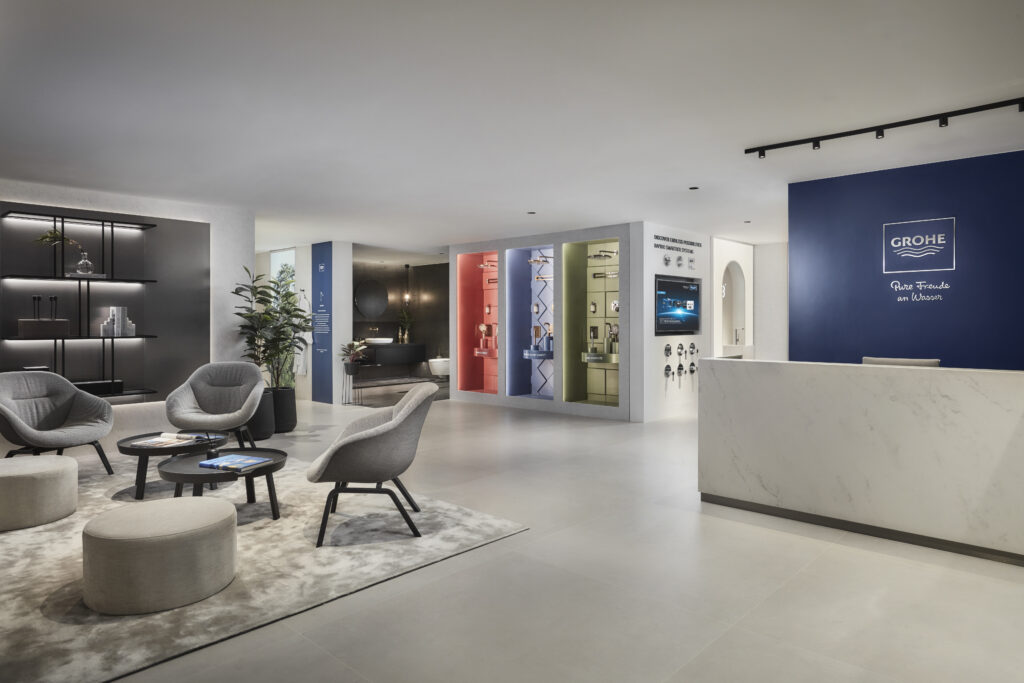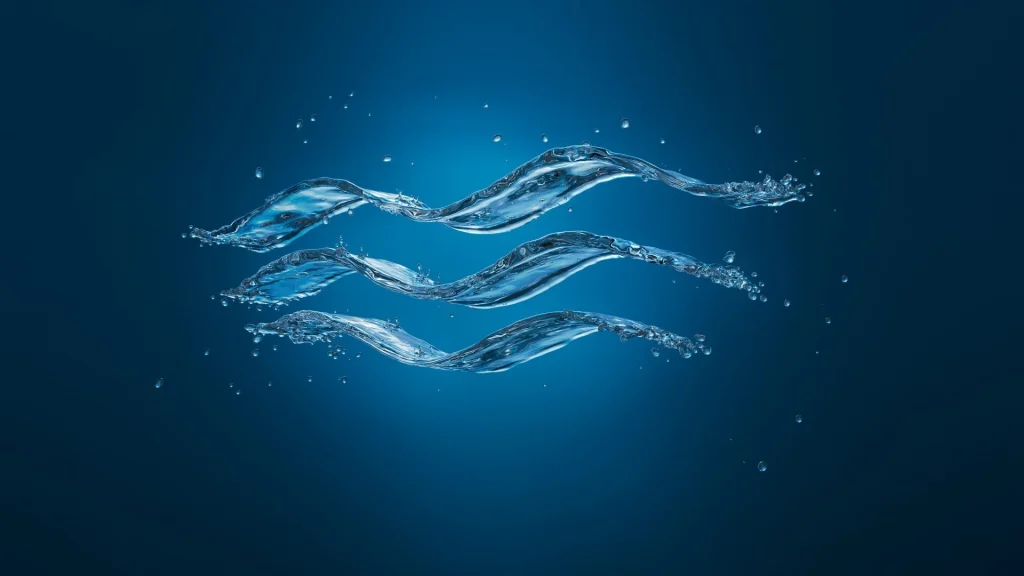A precise laser melting metal powder at 1,398° C, layer by layer, each no more than 0.06 mm thick, finally reveals an entire faucet, slickly designed and fully functioning. It sounds like an engineer’s pipe dream, but GROHE’s plant in Hemer has made it a reality. 3D printing is one of the most promising manufacturing technologies of the future, and components made by 3D printers have already set new standards for premium manufacturers in various industries and use cases.

Now, as one of Europe’s leading sanitary brands, GROHE has created bathroom faucets produced by 3D metal-printers. Combining cutting-edge technology and proven craftsmanship, the sanitary experts reinterpreted designs from their Atrio and Allure Brilliant lines, illustrating what product design in the age of 3D printing is capable of. The extremely thin walls of the GROHE Atrio Icon 3D and the hollow interior in the silhouette of the GROHE Allure Brilliant Icon 3D give the flow of water a magical, almost hypnotic quality. An aesthetic high point, these faucets are limited edition products.

Pushing the boundaries of what is deemed possible has always been part of GROHE’s DNA. To manufacture the Icon 3D models, the company advanced their 3D technology expertise to meet the unique challenges of printing in metal. Thomas Fuhr, CEO at Grohe AG, explains: “With 3D metal-printing, we are ringing in a new era in production ‘made in Germany’. We invest heavily in research and development, and also in innovative manufacturing processes in our plants.” These investments are already showing amazing results.


GROHE’s 3D metal-printing process allows them to manufacture components and products of almost any size and shape. Trying to find the best solutions for customers’ needs is a cornerstone of GROHE’s identity. 3D metal printing will open up new possibilities to design products that let customers interact with water exactly how they want to.
“There is huge demand for customization and individual personalization,” Paul Flowers, Chief Design Officer LIXIL explains. “With 3D metal-printing, we will be able to efficiently create products that satisfy our customers’ requests, in small quantities.”
What’s more, keeping the design of the Icon 3D minimal, refined to just the essence of its shapes, helps to save resources. This further promotes GROHE’s commitment to sustainability.
With their two Icon 3D faucets, the brand has started to tap into the potential of 3D metal-printed manufacturing. More products are to come, all adding up to the simple fact that the future of water will be shaped at 1,398° C.

